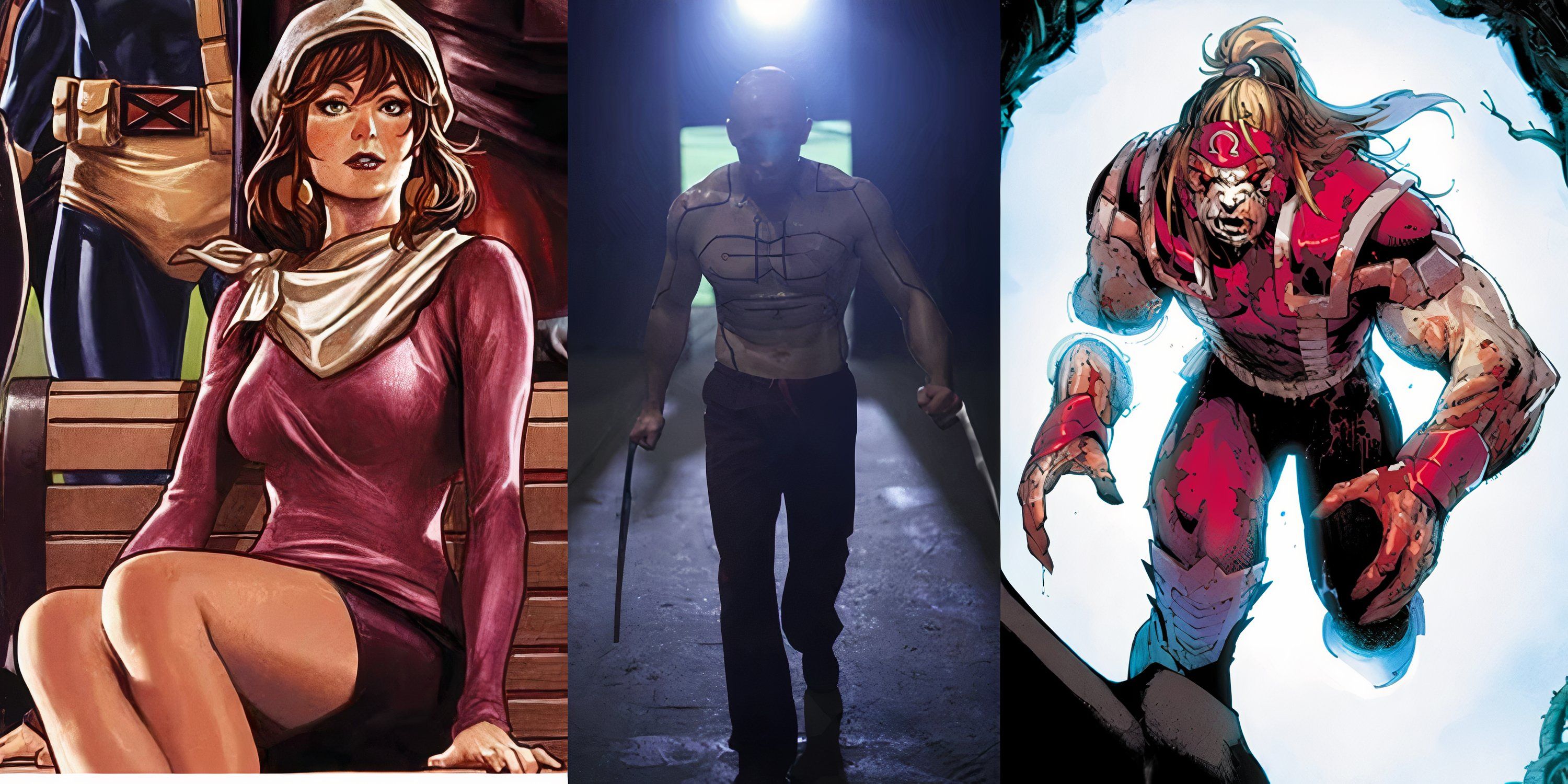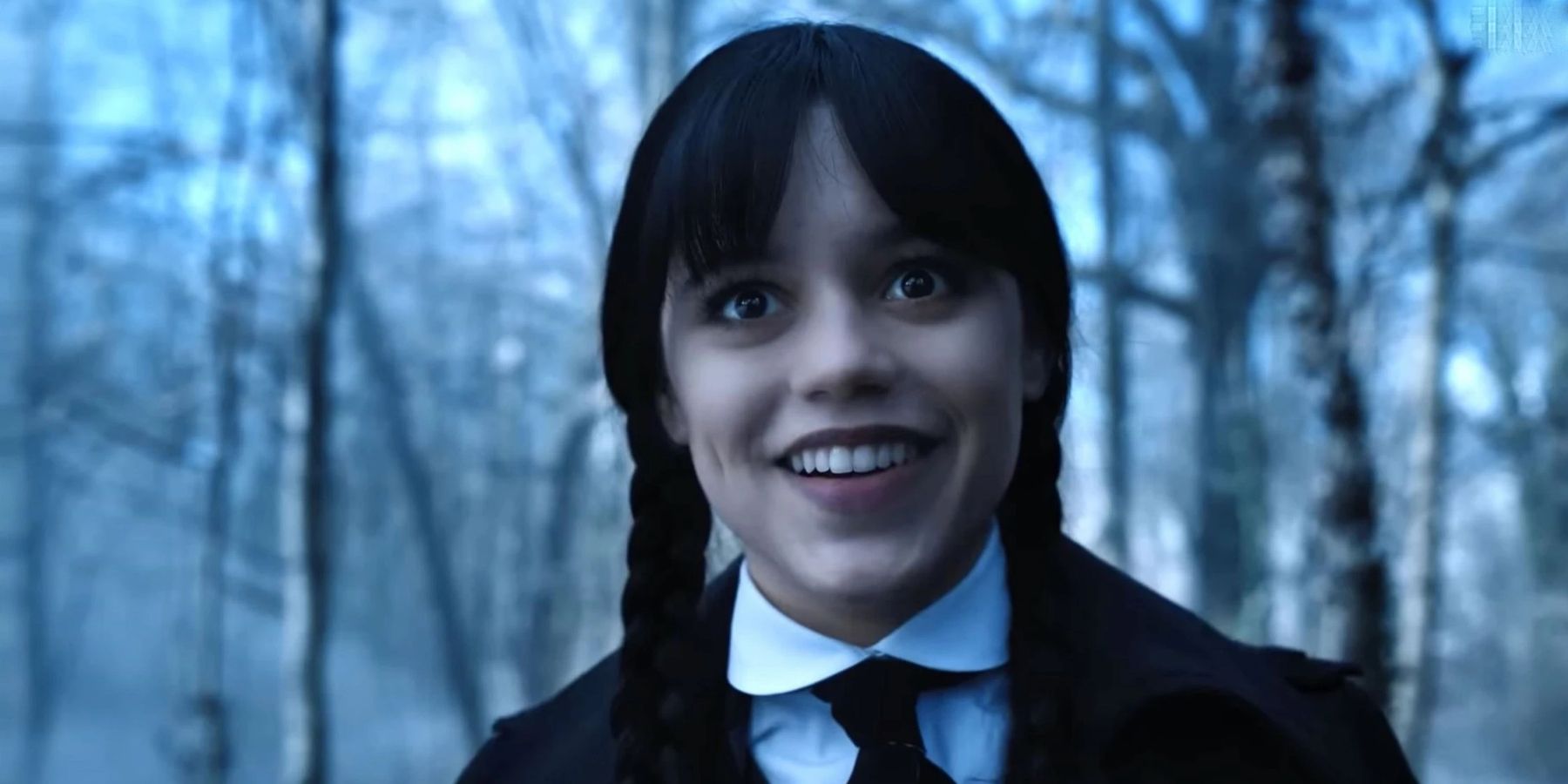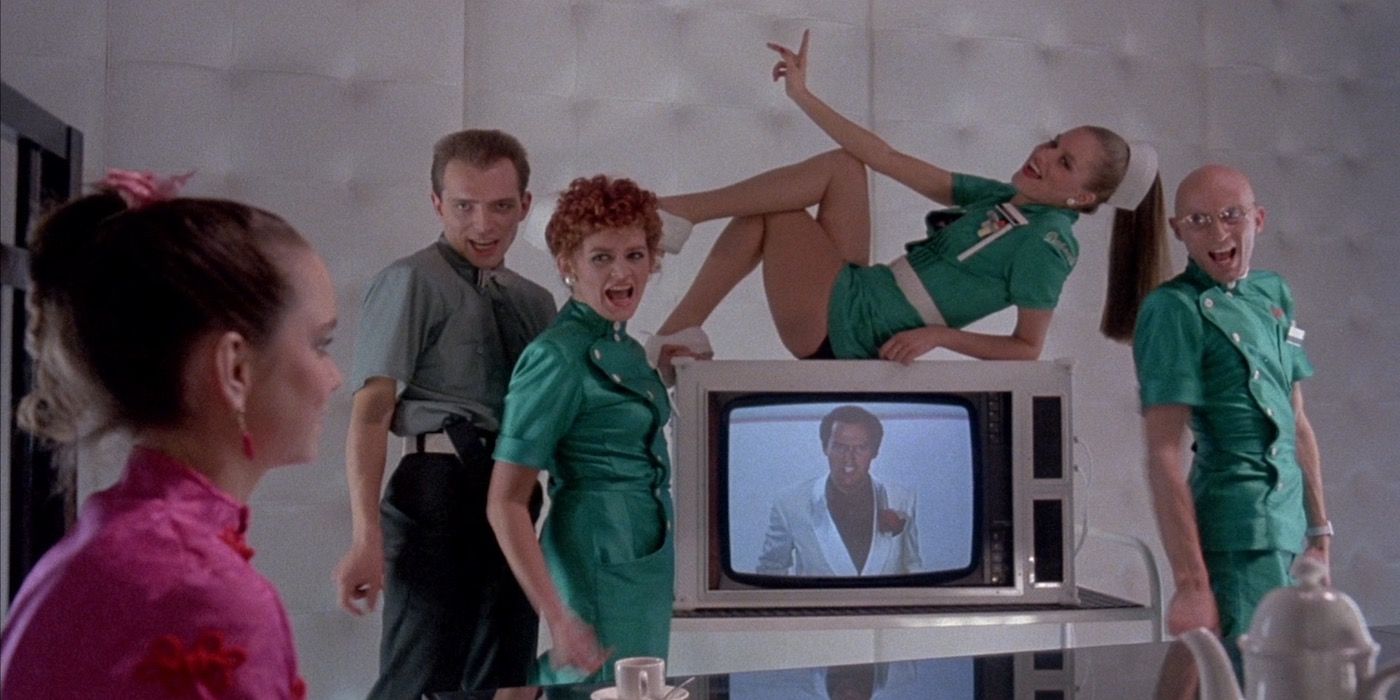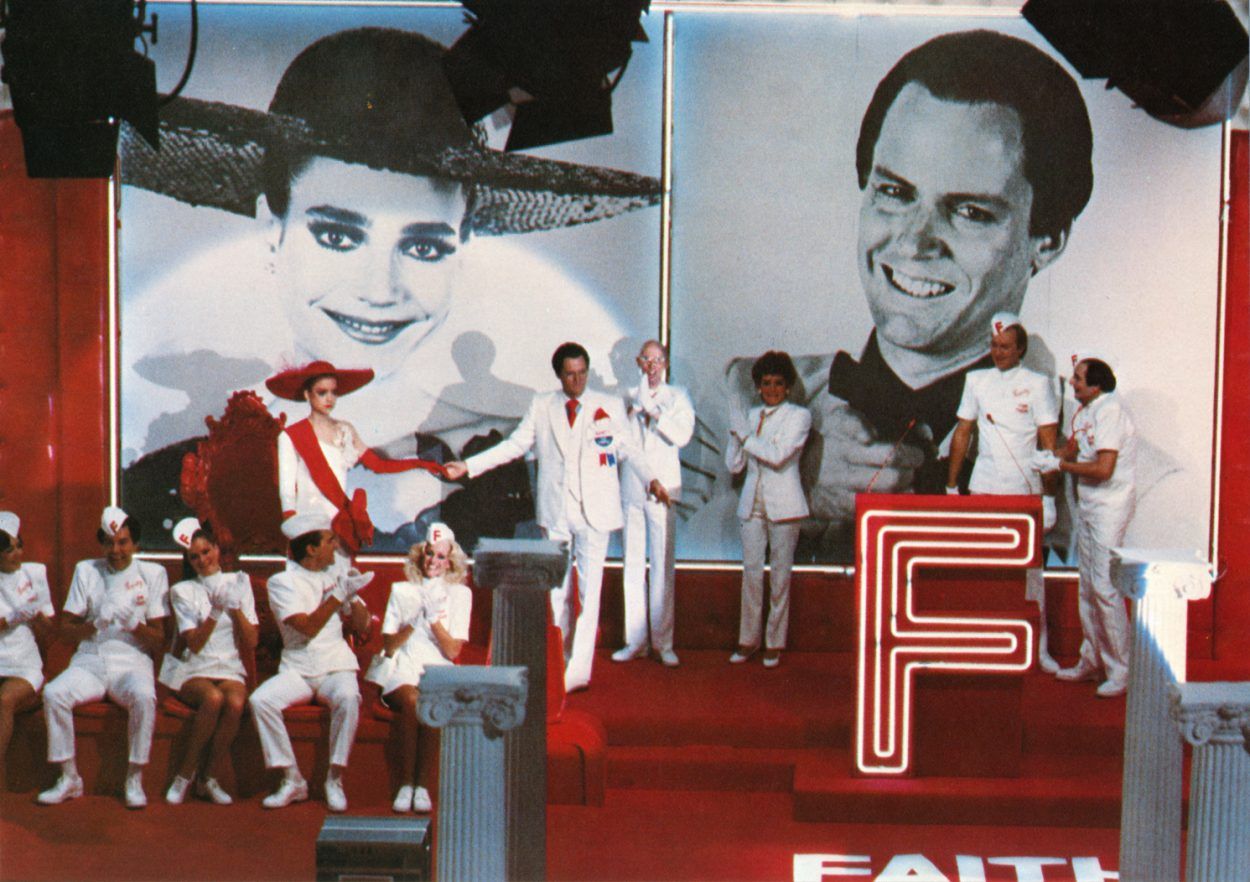The Rocky Horror Picture Show was released in 1975 to very little fanfare before becoming successful on the midnight movie circuit shortly thereafter. It would go on to become a cultural phenomenon and the most popular cult film of all time. Even today, attending a Rocky show is a staple of Halloween.
Unbeknownst to many, Rocky Horror actually has a sequel. Featuring much of the same cast and crew, Shock Treatment was released in 1981 and was a monumental flop. Was the film really that bad? Could it be possible that it was a misunderstood work of genius simply too far ahead of its time? Believe it or not, today’s discourse on the film suggests the latter.
Shock Treatment is set after Rocky Horror. Brad and Janet, now married and often squabbling, return to the small town of Denton, Ohio. The entire town is an enclosed TV station, DTV. Town residents are either part of DTV’s audience or members of the cast and crew of the shows that air.
DTV has been recently taken over by fast-food mogul, Farley Flavors. Farley has an obsession with Janet. He locks Brad up in the mental hospital on the show Denonvale while he attempts to transform Janet into a celebrity through the use of pills and brainwashing. Janet is to star in his newest show, Faith Factory, where Farley can sell his “Sanity for Today” ideology to all of Denton, and then maybe the world.
While Brad and Janet were replaced with new actors, most of the secondary cast from Rocky is back but put into new roles. Like Rocky Horror, this film was directed by Jim Sharman and its music was written by Richard O’Brien and Richard Hartley. The acting was great. The songs were good. It had all the ingredients for another off-beat hit, but when it came out everyone hated it.
To most, it was a weird mess. Where were the rest of the characters from the first film? Why is the whole thing on a TV set? What’s the point? Even critics who tried to find a deeper meaning felt the film had little more to say than, “Americans are TV obsessed.” It didn’t help that it never got a traditional theatrical run and was only seen at midnight showings. Barely anyone saw it and it was largely forgotten for decades.
Shock Treatment accurately predicted and satirized reality television decades before the first episodes of The Real World or Survivor would air. Likewise with social media: it imagined a culture where everyday people became grotesquely narcissistic and obsessed with fame to the point that they would allow themselves to be exploited to sell products or ideologies by larger companies or power structures. The idea that the media is a giant feedback loop and everyone metaphorically lives inside a TV station didn’t really make sense in 1981, but in 2020...
The advent of social media and reality television have made the film’s intentions, which a few decades ago seemed nebulous, come into clear focus. Home video and the internet allowed more people to see and share their thoughts on the film. Nowadays, a quick Google will reveal a ton of thinkpieces, covering everything from how Shock Treatment predicted the rise of Donald Trump, to how it’s much superior to the original film.
Will people who like The Rocky Horror PictureShow like Shock Treatment? The more interesting question is: Do people even like Rocky Horror because it's a good film or do they like the experiential phenomenon that is Rocky Horror? Shock Treatment is a hard film to recommend for precisely that reason. How can any film thrive in the shadow of the biggest cult film of all time?
The film was undoubtedly innovative and ahead of its time. For anyone watching Rocky Horror for the hundredth time in October, consider giving its sequel a chance. Shock Treatment may be just what the doctor ordered this Halloween. Not to mention this election cycle.
Shock Treatment is currently streaming on YouTube.





